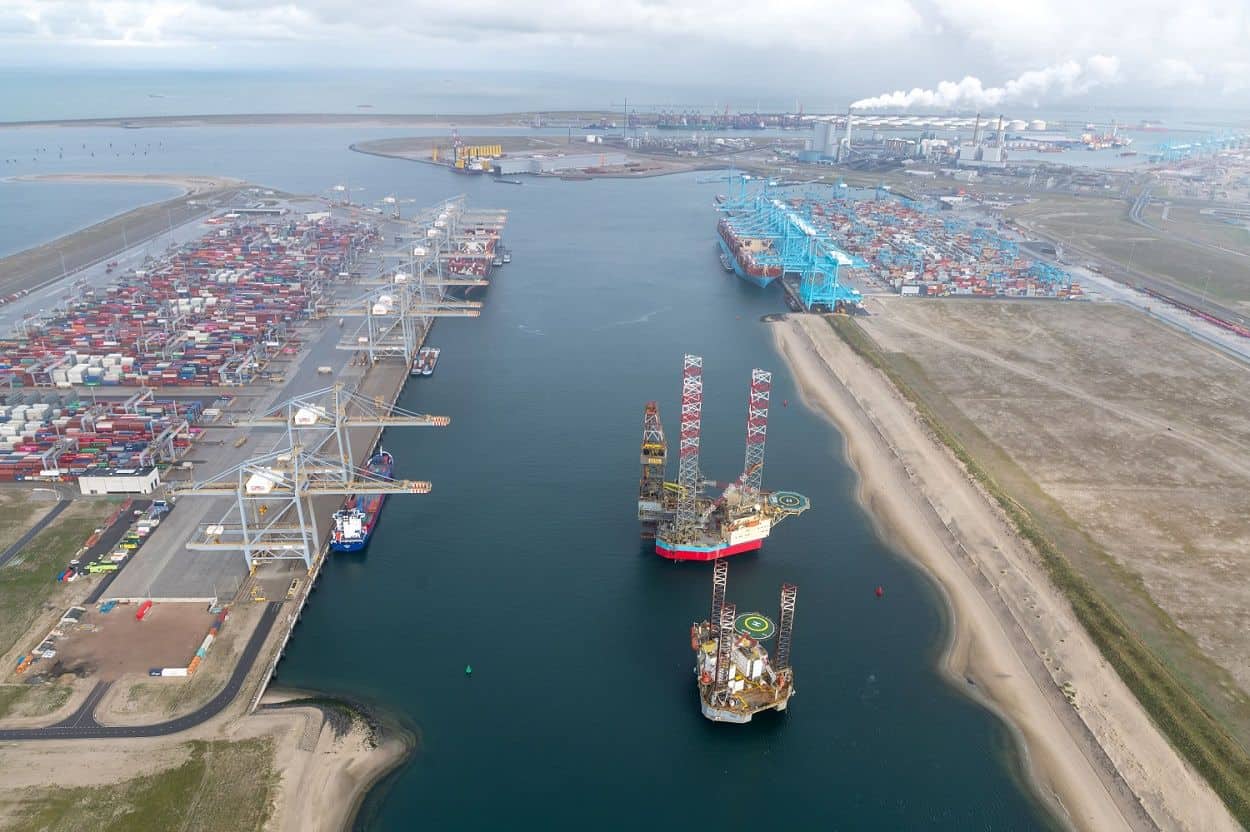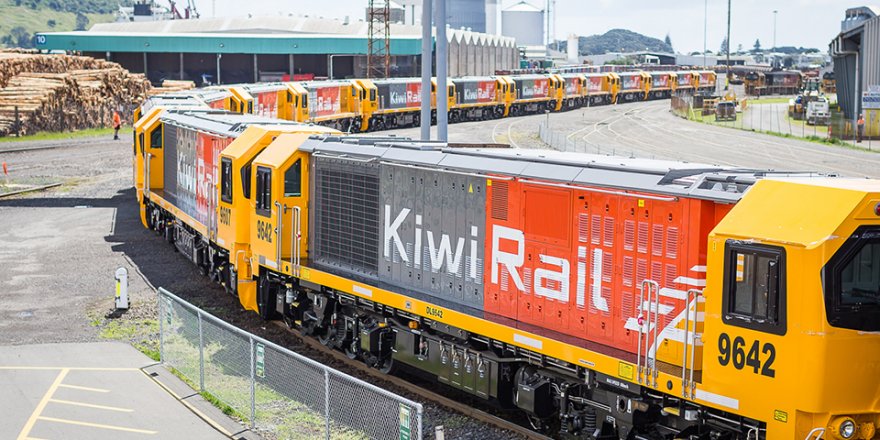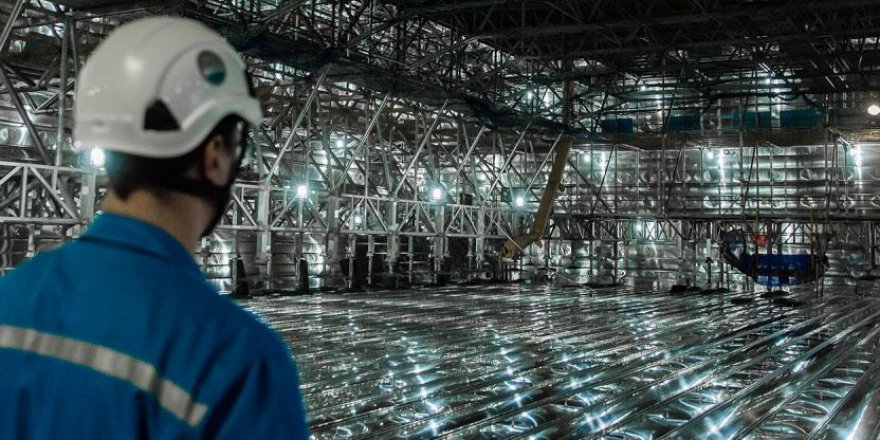
Rotterdam Port becomes part of a feasibility study named HySupply
As Europe's leading trading center, the Port of Rotterdam has become part of a feasibility study called HySupply to explore what role the port might play in the potential development of a new hydrogen trading corridor.
The project is led by Germany, which invests heavily in hydrogen and focuses on the possibilities and conditions under which it is possible to supply hydrogen from renewable sources from Australia to Germany. HySupply test will take two years to complete.
A roadmap for implementation will also be established during that time, apart from the study itself, and intense dialogue will also take place at government level between German and Australian stakeholders.
The Port Authority of Rotterdam is working with various partners to create a large-scale hydrogen network across the port complex, making Rotterdam an international hub for the manufacture, import, application and transport of hydrogen to other Northwestern European countries.
By being a center for hydrogen transport, the port seeks to retain its role in the future as a major energy port for Northwest Europe.
Import terminals and pipelines as well as a conversion park for the development of green hydrogen from offshore wind energy with electrolysis will be included in the required infrastructure.
Nouryon, BP and the Port Authority have already teamed up to build a 250 MW electrolyzer for the H2-Fifty project. In addition, for the conversion park, Shell is preparing a 150-250 MW electrolyzer. In 2023, both projects are set to become operational.
The port wants to be operational in 2030 with import terminals and pipelines to Chemelot and North Rhine-Westphalia.
As the foundation for decarbonizing heavy emitting industries, hydrogen is gaining in popularity among global governments and energy companies.
By 2050, the European Union want to become climate neutral, requiring a complete overhaul of its energy system, which accounts for 75% of EU greenhouse gas emissions.
Green hydrogen provides a fuel supply with a high energy density that during consumption does not emit CO2 or greenhouse emissions.
Numerous high emission sectors are projected to be used, including power generation, petrochemical, long-haul (road and marine) transport, steel, cement and fertilizer.
Maritime Business World





YORUM KAT